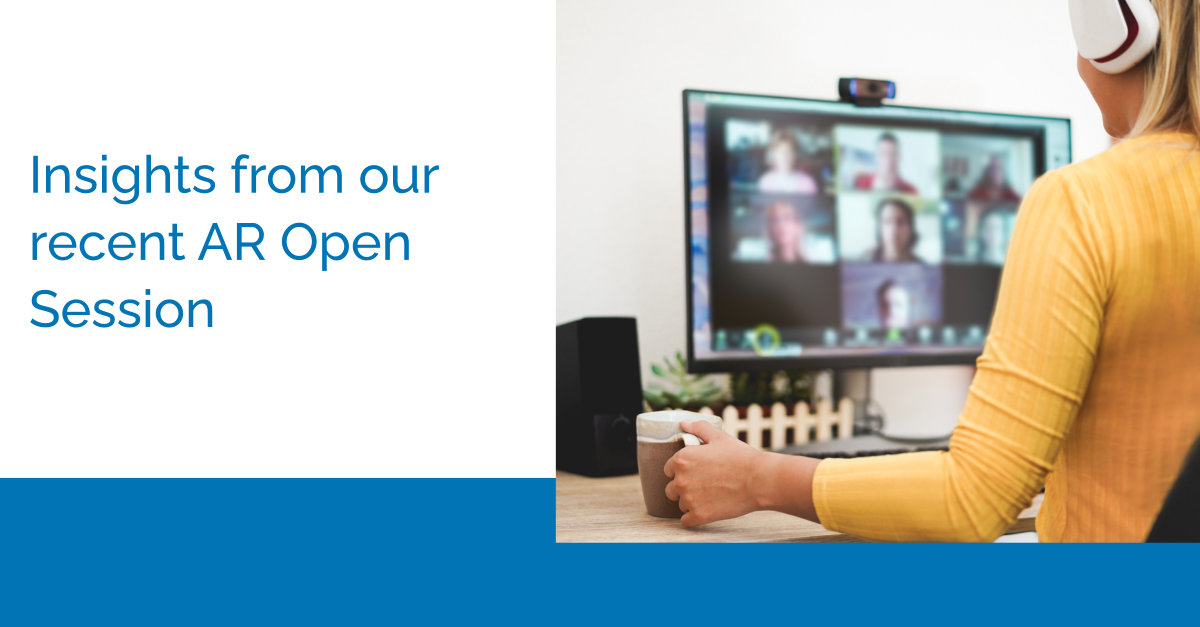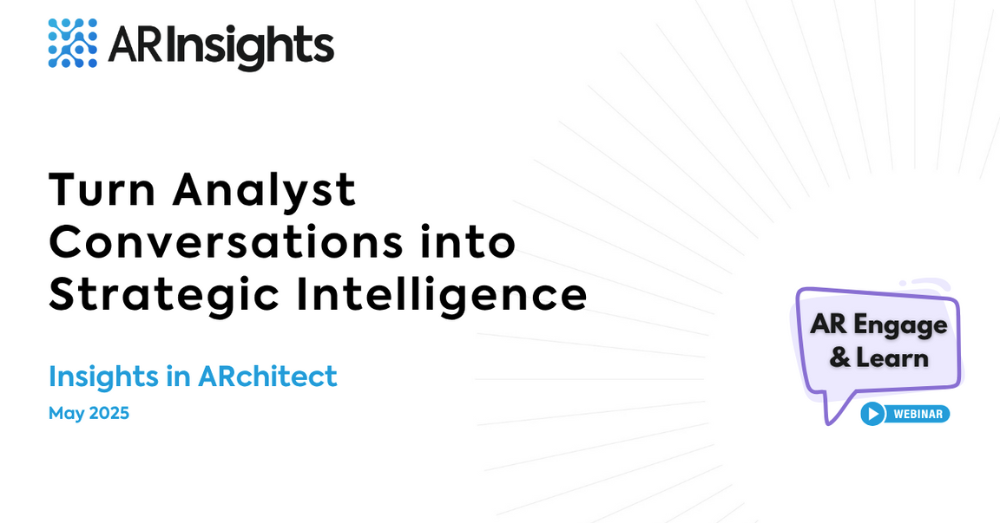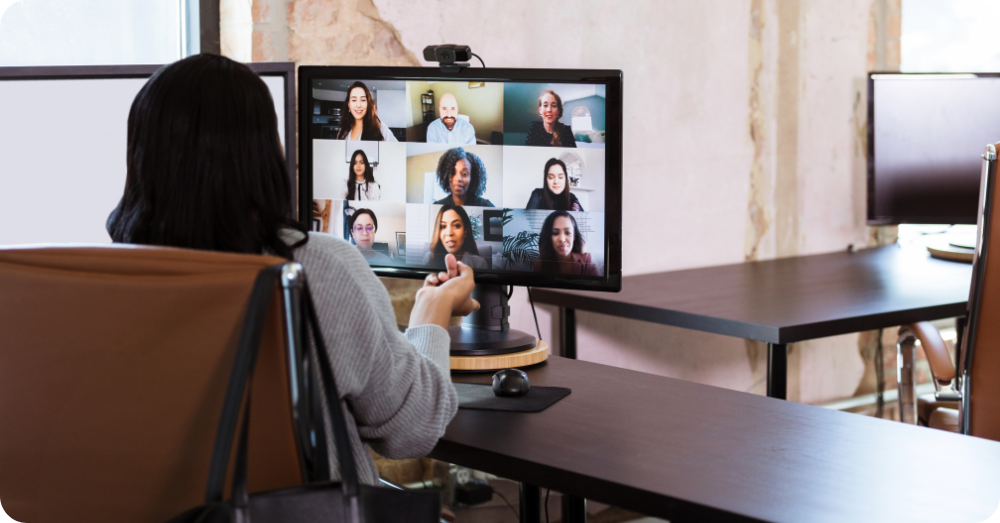As a Las Vegas native, over the last two years, I have seen the shifts in tourism and events in the convention capital of the world. As the world continues to open up, questions about the nature of events (virtual? in-person? hybrid?) are “taking the stage” as analyst relations (AR) professionals plan out upcoming summits and conferences.
In a recent “Open Session” we hosted — a forum for AR pros to discuss industry trends, ask questions, and share best practices and stories — two topics came to the fore: hybrid events and customer reference/peer review websites.
The Sprint to Hybrid
While virtual events have become near ubiquitous the last two years, the shift to hybrid has caused some growing pains for AR professionals planning events. Because hybrid events often provide two very different experiences for attendees — the in-person experience and the virtual one — there has to be some balance and cohesiveness so both audiences have an engaging experience. Some of the common issues and considerations include: how to enable virtual attendees to ask questions of in-person speakers, in real time; how to manage interludes between speakers; which experience to prioritize/cater to; how (and whether) to give both in-person and virtual analysts one-on-one access to customers and execs at events; and KPIs for measuring success.
As they address questions like these and more, AR pros are leaning on several different resources. Audio visual (AV) consultants are key to ensuring high-quality video and audio for virtual attendees. In addition, using the right virtual event platform and creating a virtual event team (in addition to, and aligned with, the in-person event team) to host the virtual stream is a must. Having a virtual event team can greatly benefit your hybrid event, because your virtual event host can bring the virtual attendees “into the room” — asking their questions, monitoring the chat and polls, and being a host between sessions.
Managing Customer Reference/Review Websites
Because user reviews have the power to influence customer decisions, maintaining customer reference sites has traditionally been beneficial to sales and marketing. In the B2B space, there are numerous customer review sites, with some of the biggest ones being G2, TrustRadius and Gartner Peer Insights. And in terms of AR, Gartner Peer Insights is often the focal point, given its impact on Magic Quadrants, Critical Capabilities and other Gartner reports.
Strategies for driving customer reviews (often driven by marketing, in consultation with AR) include running concerted campaigns, providing gift cards and incentives, and working in conjunction with customer success teams. One effective method for targeting the best customer references is leveraging NPS scores from customer surveys and working with those happy clients specifically. And if you’re trying to drive reviews for specific product lines, customer surveys can also be a good place to start.
Additional Open Session Topics
We explored many other topics during the recent Open Session, including pros and cons of category creation, AR metrics for success, AR resources, and more. We hope you can join in on the conversation at our next Open Session — register here to be a part of the quarterly virtual event!




